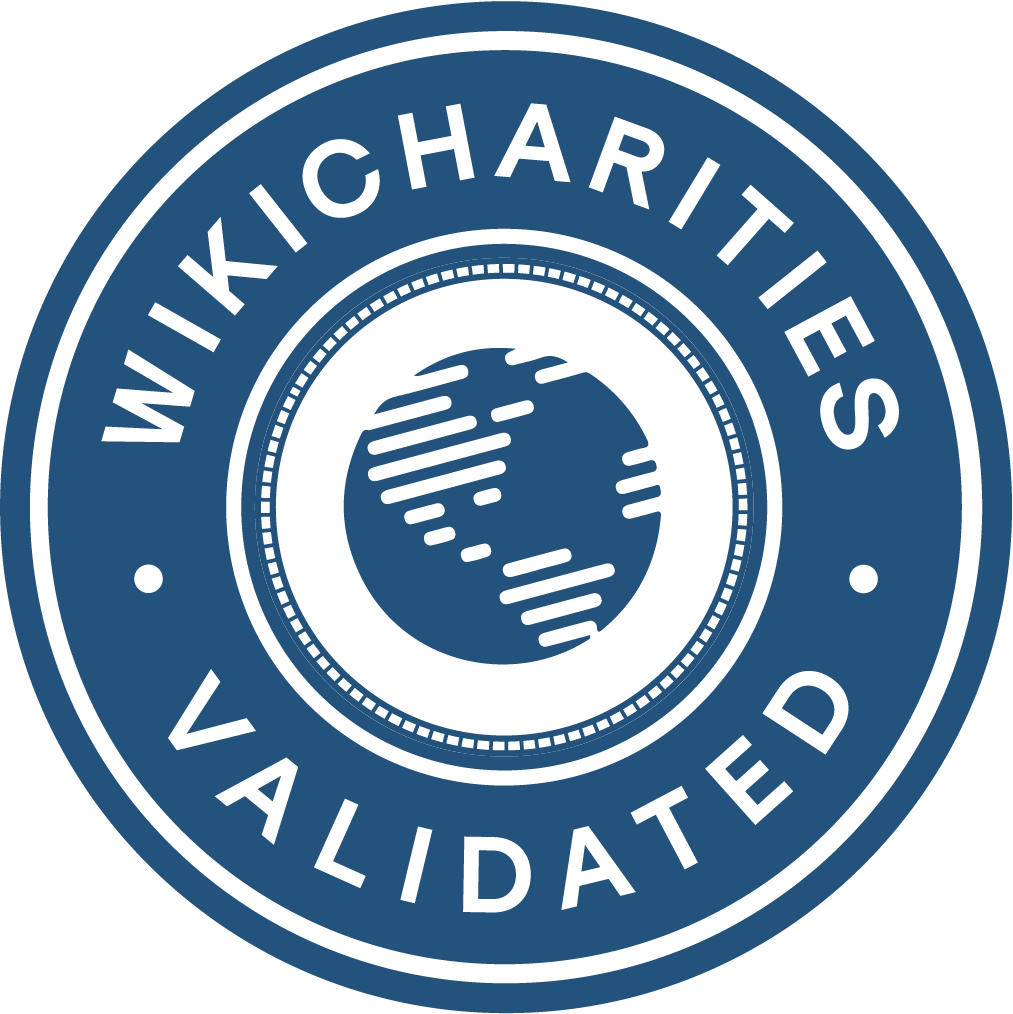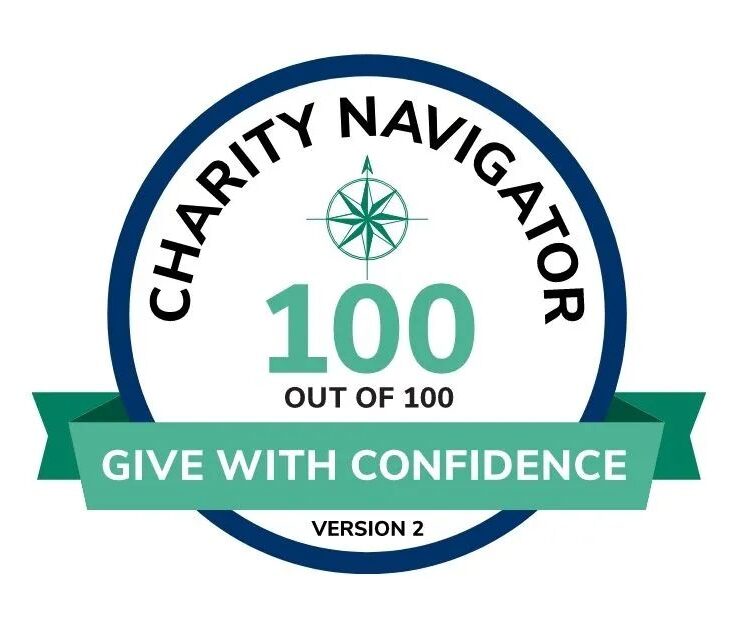Sometimes Making Progress Means Taking a Step Back
As children’s homes participate in the Thrive Program, an intriguing phenomenon often happens; their progress doesn’t always follow the anticipated linear path.
Components of the Thrive Program
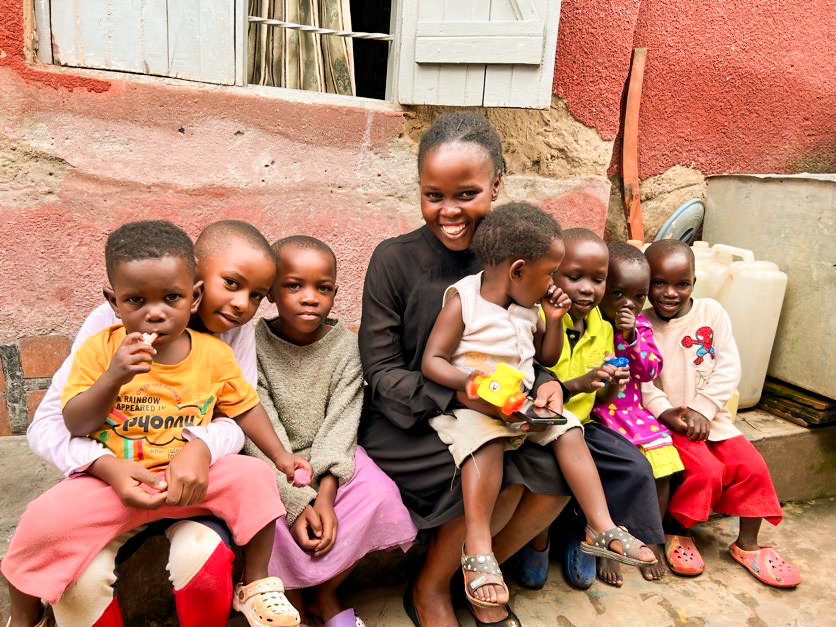
There are two main parts to the Thrive Program:
- The Thrive Assessment: A guided self-assessment administered to a children’s home every 6 months by Deployment Partners (organizations on the ground that partner with A Child’s Hope). In 1989, the United Nations adopted the Convention on the Rights of the Child. The Miracle Foundation later encapsulated the CRC into a scale defining the 15 rights of a child, which (with permission) A Child’s Hope Foundation used to develop the Thrive Assessment.
- Improvement Roadmaps: A documented plan developed after the Thrive Assessment that clearly outlines needs, priorities, and next steps for a home to progress.
Understanding the Thrive Assessment
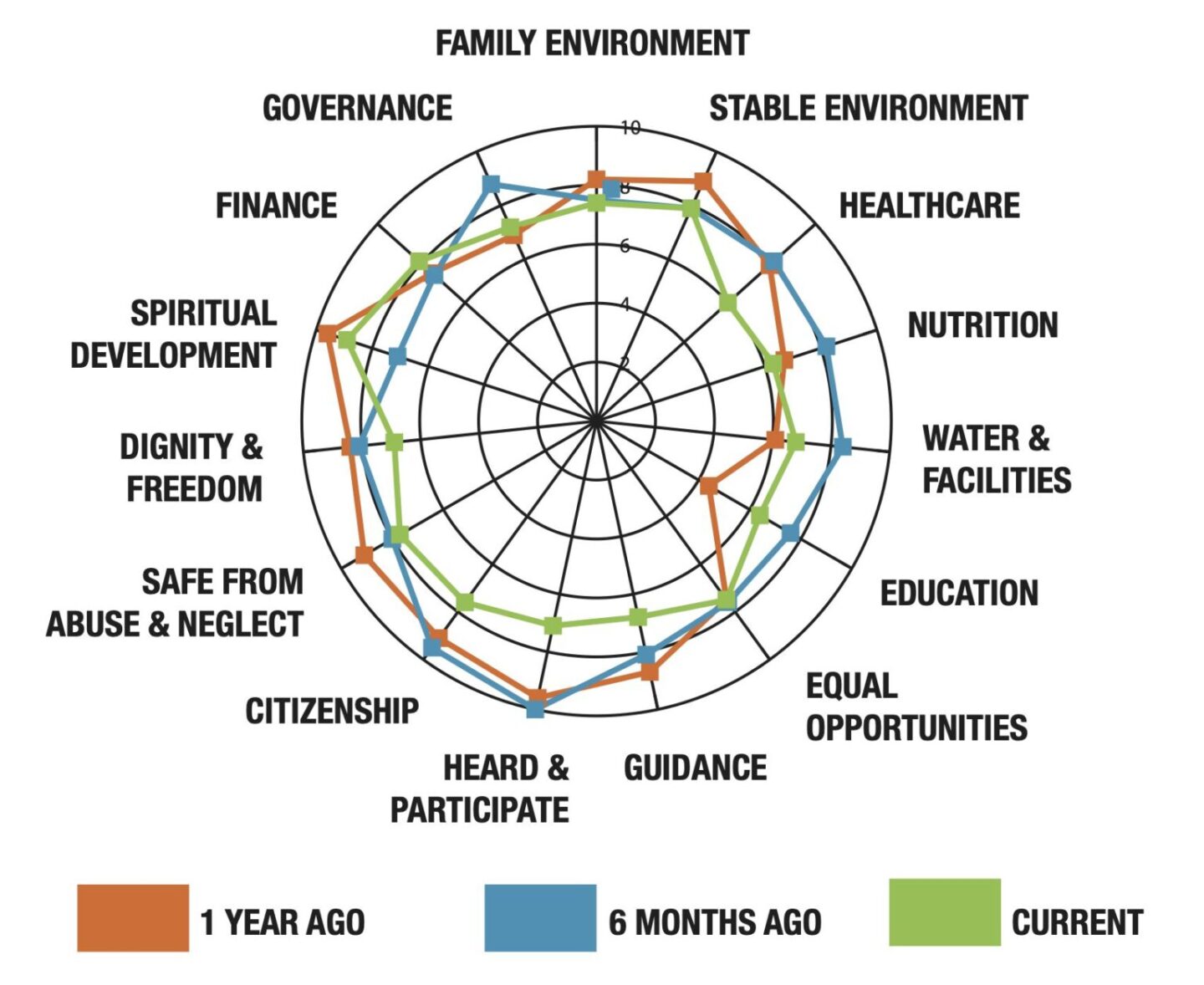
The Thrive Assessment is essentially a list of questions designed to help a Home Director rate themselves regarding how well their home addresses specific areas. These ratings are later plotted on a spider web graph, so all 15 areas can be easily understood. Generally, if the shape on the graph is getting bigger, the home is improving. However, on occasion, the scores decrease when the second or third assessment is done.
The Thrive Assessment presents qualitative insights through a quantitative lens. As a result, the whole picture is not always clear. Often, when a home director completes their first Thrive Assessment, they are learning how to use the assessment tool and results aren’t always representative of the home’s actual standing. However, the more a director uses the assessment, the more aware they are of the true situation in their home and the ways in which they can improve. Additionally, the situation at many homes is constantly changing based on the different children put in their care, the number of caregivers they have, and resources like food and clothing that are available. Thus, there are a number of reasons why Thrive Assessment scores may fluctuate.
Evolving Perspectives and Progress
This kind of fluctuation happened recently in a home in Uganda. A Child’s Hope’s deployment partner, 92hands, administered an assessment in Mama Jael’s foster home. It was her third assessment, and she rated herself lower in several areas than she had before. Carol, a representative at 92hands, shared thoughts from Mama Jael on why her scores had shifted.
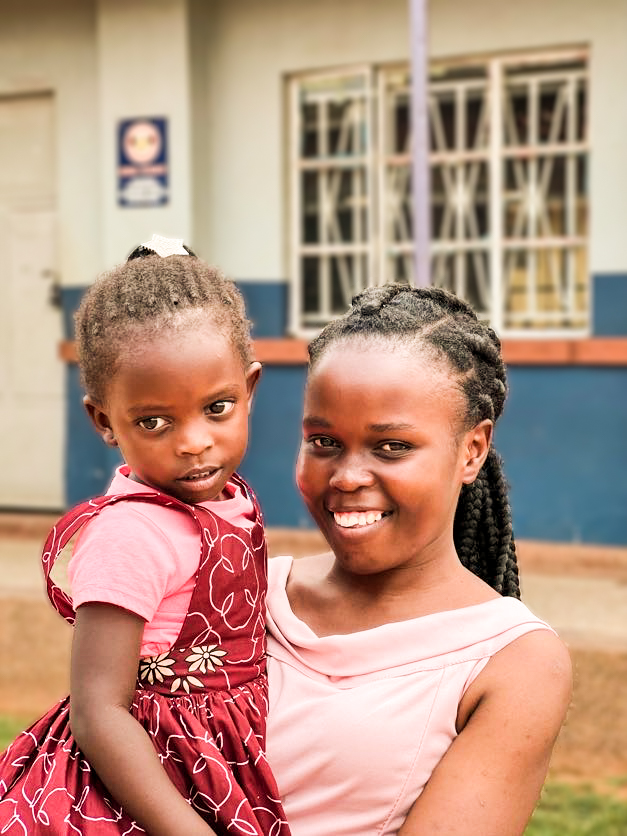
“She mentions that her ability to comprehend and assess her situation at home has significantly improved since the commencement of the Thrive Program. This enhancement in understanding is why we are now receiving more precise, accurate and actual responses from her, in contrast to the past when she was unsure about certain aspects.”
The home was not declining, but rather, Mama Jael’s ability to assess her home and how much she can improve was evolving. Like Mama Jael, the path to improvement in children’s homes cannot be viewed as a simple linear progression.
Each time a home completes a Thrive Assessment, the directors learn more about their home and areas they can address—they raise the bar. Sometimes it may look like things are going backwards, but in reality, better understanding unlocks new opportunities to improve. Growth and change through the Thrive Program happens, not only in these homes, but in the directors, caregivers, and even children.
